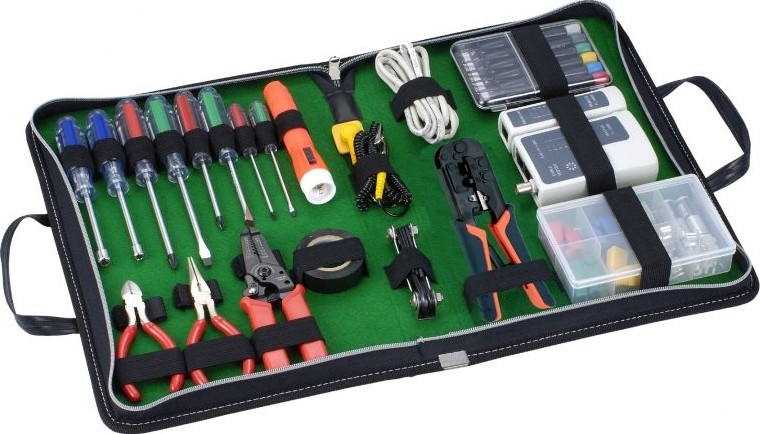networking
2751 readers
1 users here now
Community for discussing enterprise networks and the ensuing chaos that comes after inheriting or building one.
founded 1 year ago
MODERATORS
26
27
28
29
30
31
32
33
34
35
36
37
38
39
40
41
42
43
44
45
46
47
48
49
50
